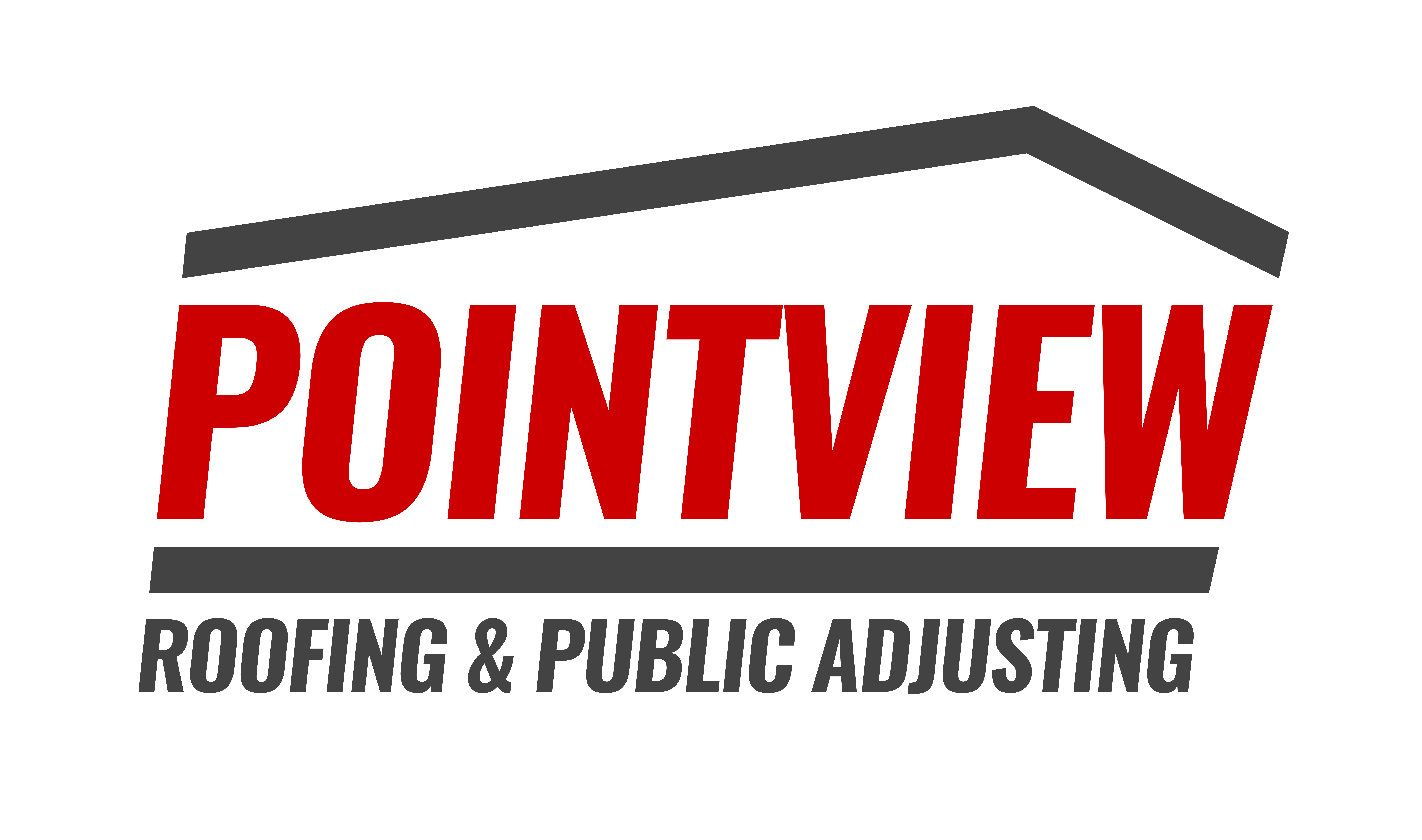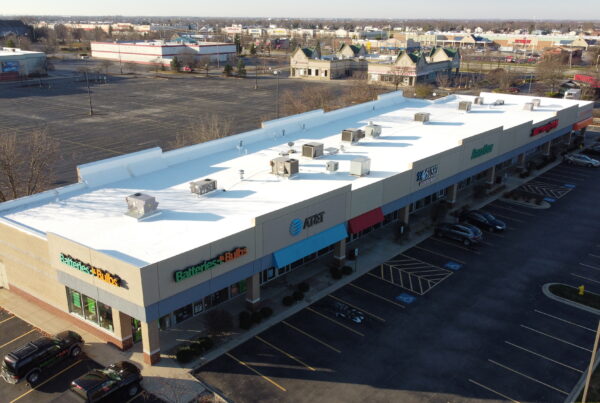Commercial
Expert Commercial Roofing Solutions: Reliable Protection, Professional Installation, and Unmatched Durability
Commercial Roofing
Commercial & Industrial Roofing Systems
Protect your property by providing a weather-resistant and durable barrier against elements, preventing water ingress, structural damage, and maintaining the integrity of the building envelope.
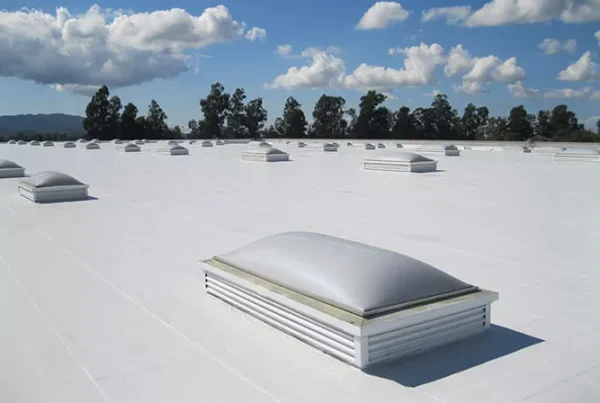
TPO
TPO (Thermoplastic Olefin) roofing is a type of single-ply roofing membrane known for its durability, energy efficiency, and ease of installation. It is composed of a blend of rubber and plastic, typically using ethylene-propylene rubber and polypropylene. TPO roofing is popular for commercial and industrial buildings due to its resistance to UV radiation, ozone, and chemical exposure.
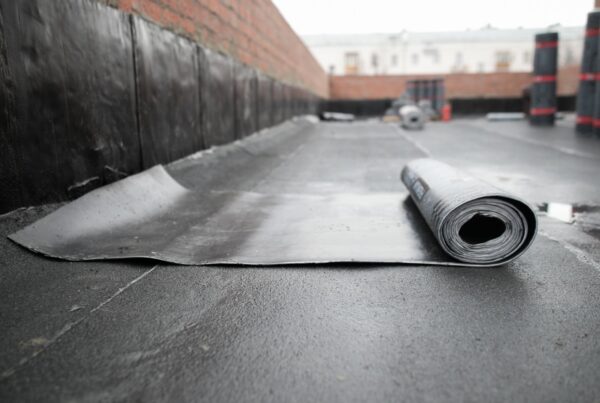
EPDM
EPDM (Ethylene Propylene Diene Monomer) roofing is a type of single-ply rubber roofing membrane commonly used in commercial and industrial buildings.
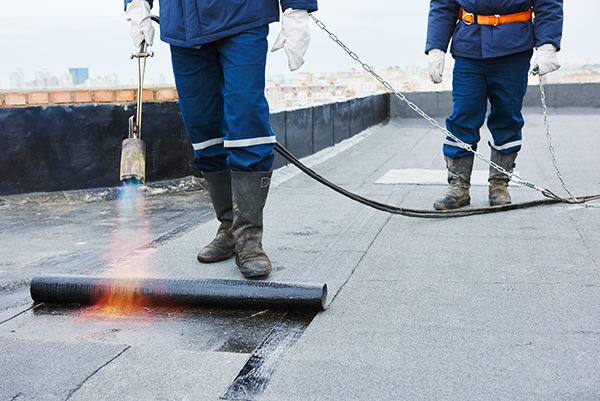
Modified Bitumen
Modified Bitumen roofing is a type of commercial roofing system that combines traditional asphalt roofing with modern technology to create a durable and long-lasting waterproofing solution.
Key features of TPO roofing include:
- Energy Efficiency: TPO roofs are often available in reflective or “cool roof” options, helping to reduce energy consumption by reflecting sunlight and heat away from the building. This can contribute to lower cooling costs.
- Durability: TPO is known for its resistance to punctures, tears, and impacts. It can withstand various weather conditions, including high winds and hail, making it a reliable choice for different climates.
- Installation: TPO roofing is typically installed in large, single sheets, reducing the number of seams and potential leakage points. The installation process is generally faster compared to some other roofing systems.
- Flexibility: TPO membranes remain flexible in cold temperatures, allowing for easier installation and adaptability to building movement without cracking.
- Environmentally Friendly: TPO is often considered environmentally friendly due to its recyclability. Some manufacturers produce TPO roofing with recycled materials, contributing to sustainability efforts.
- Cost-Effective: TPO roofing is often competitively priced, making it an attractive option for building owners looking for a cost-effective and reliable roofing solution.
Key features of EPDM include:
- Material Composition: EPDM is a synthetic rubber membrane composed of ethylene and propylene, derived from natural gas and oil. The material is available in both black and white colors.
- Durability: EPDM roofing is known for its durability and resistance to UV radiation, ozone, and weathering. It can withstand extreme temperature fluctuations, making it suitable for various climates.
- Flexibility: EPDM remains flexible even in low temperatures, allowing for ease of installation and accommodating building movements without cracking or tearing.
- Installation: EPDM is typically available in large sheets, minimizing the number of seams during installation. This can reduce the risk of leaks and make the installation process more efficient.
- Cost-Effective: EPDM roofing is often considered cost-effective, making it an attractive option for commercial applications. The material itself is usually more affordable than some other roofing options.
- Low Maintenance: EPDM roofs generally require minimal maintenance. Periodic inspections and repairs may be needed, but the material’s resilience helps reduce the overall maintenance costs over time.
- Energy Efficiency: While not as reflective as some other roofing materials, EPDM can still contribute to energy efficiency. Some white EPDM options are available, which can help reflect sunlight and reduce cooling costs.
- Longevity: When properly installed and maintained, EPDM roofing can have a long service life. The material is resistant to cracking, peeling, and deterioration.
- Recyclability: EPDM is recyclable, and some manufacturers offer recycling programs for old membranes, contributing to sustainability efforts.
Key features of Modified Bitumen:
- Composition: Modified Bitumen roofing is composed of asphalt, reinforced with modifiers like APP (Atactic Polypropylene) or SBS (Styrene-Butadiene-Styrene) to enhance its performance. These modifiers improve flexibility, durability, and resistance to temperature extremes.
- Installation Methods: Modified Bitumen roofing is applied in multiple layers, typically in the form of sheets. Common installation methods include torch application (heat-welded), cold adhesive application, or self-adhesive sheets. These methods provide a variety of options for different installation scenarios.
- Durability: The combination of asphalt and modifiers gives Modified Bitumen roofs excellent durability and resistance to harsh weather conditions, including UV radiation, extreme temperatures, and hail. The reinforcement helps prevent cracking and provides enhanced strength.
- Flexibility: Modified Bitumen roofing is known for its flexibility, allowing it to expand and contract with temperature changes without compromising its integrity. This makes it suitable for buildings in regions with significant temperature variations.
- Types of Modified Bitumen: There are two main types of Modified Bitumen roofing membranes—APP and SBS. APP membranes are heat-welded during installation and offer a smooth surface, while SBS membranes are more flexible and can handle building movements more effectively.
- Reflectivity: Some Modified Bitumen products come with reflective surfaces, contributing to energy efficiency by reducing heat absorption and lowering cooling costs.
- Repairability: Modified Bitumen roofs are generally easy to repair. Damaged sections can be cut out and replaced, and repairs can often be done with minimal disruption to the overall roofing system.
- Cost-Effective: Modified Bitumen roofing is considered a cost-effective option for commercial buildings. The installation methods, durability, and repairability contribute to its overall economic appeal.
Our Work
See Some of Our Projects
We handle roofing development of all sizes and structures
